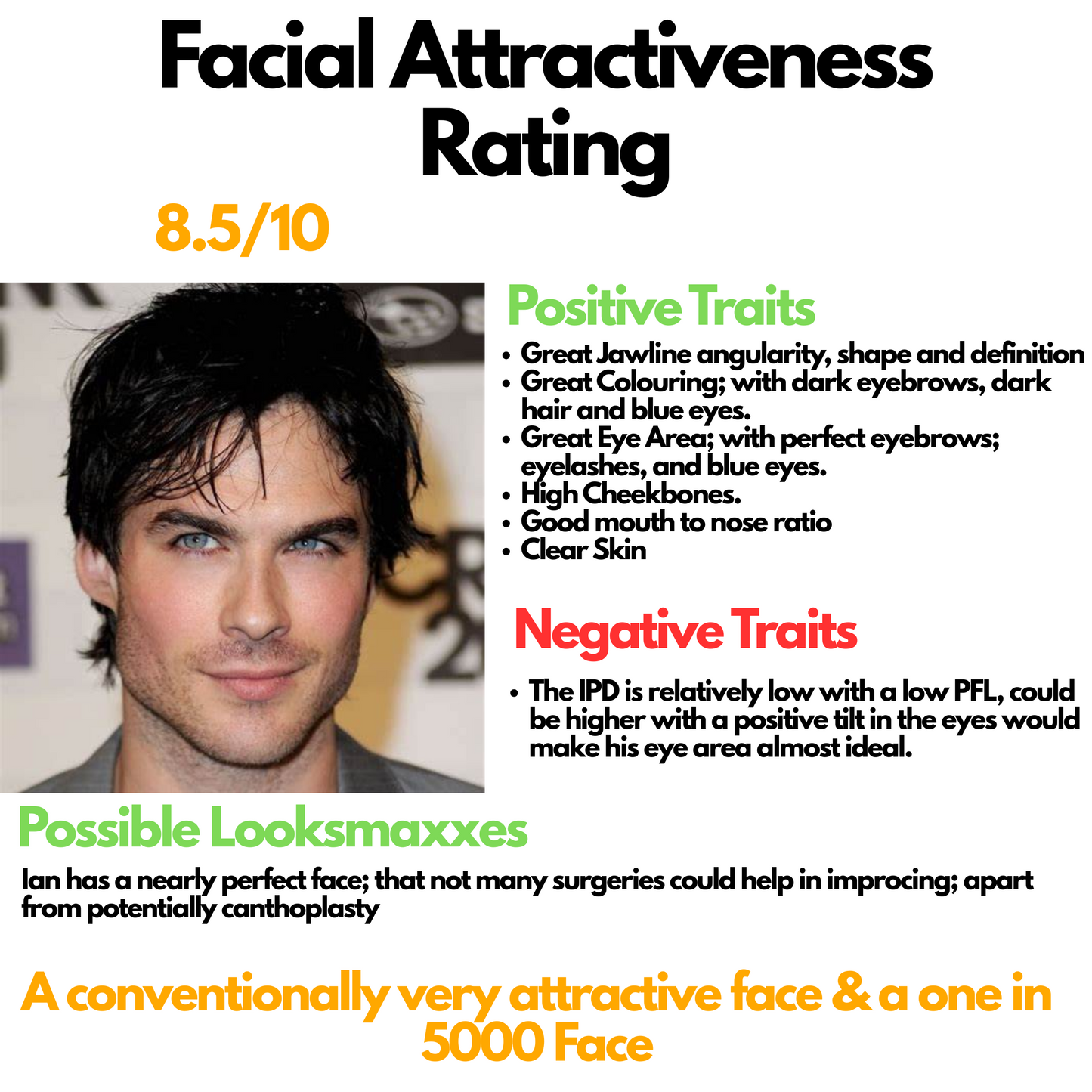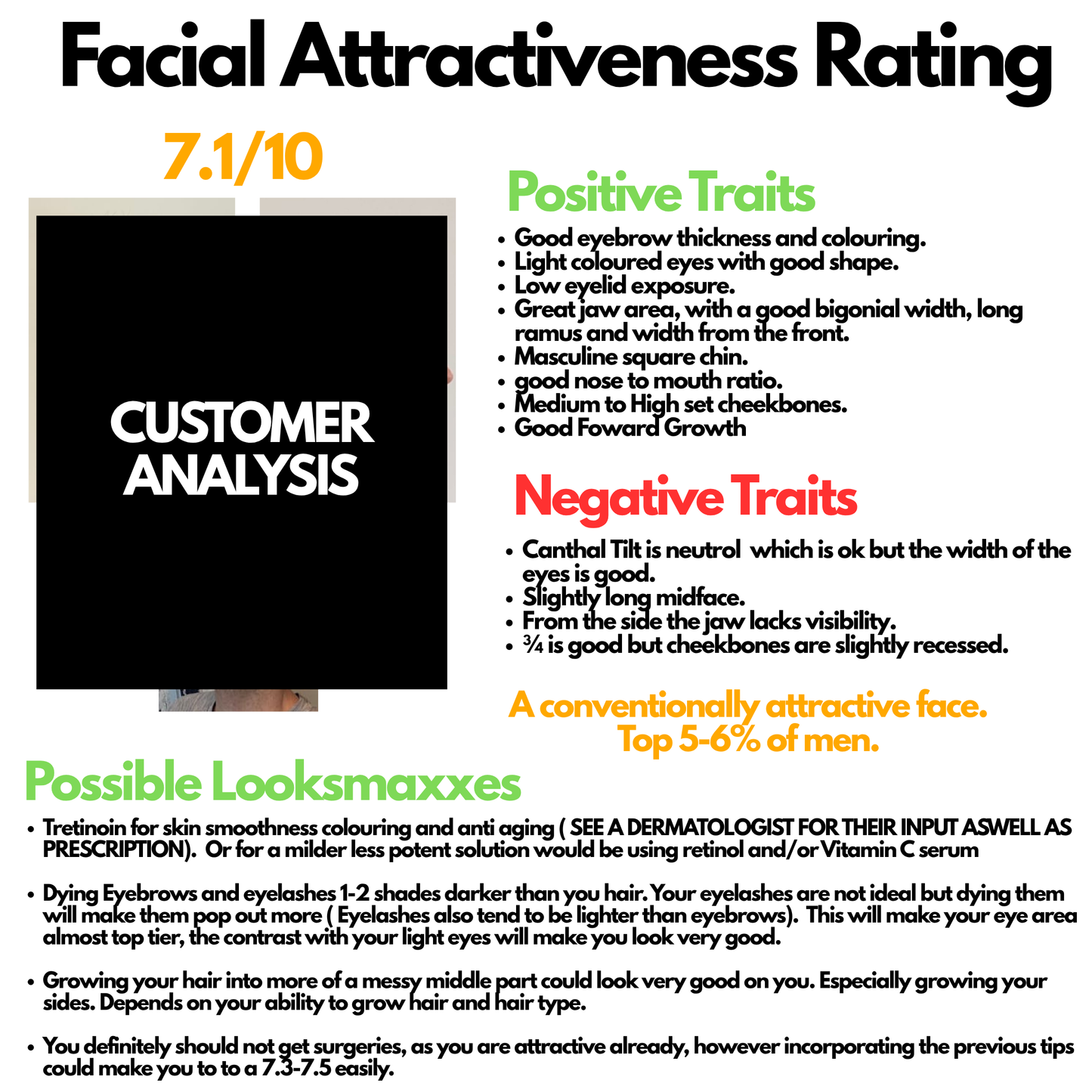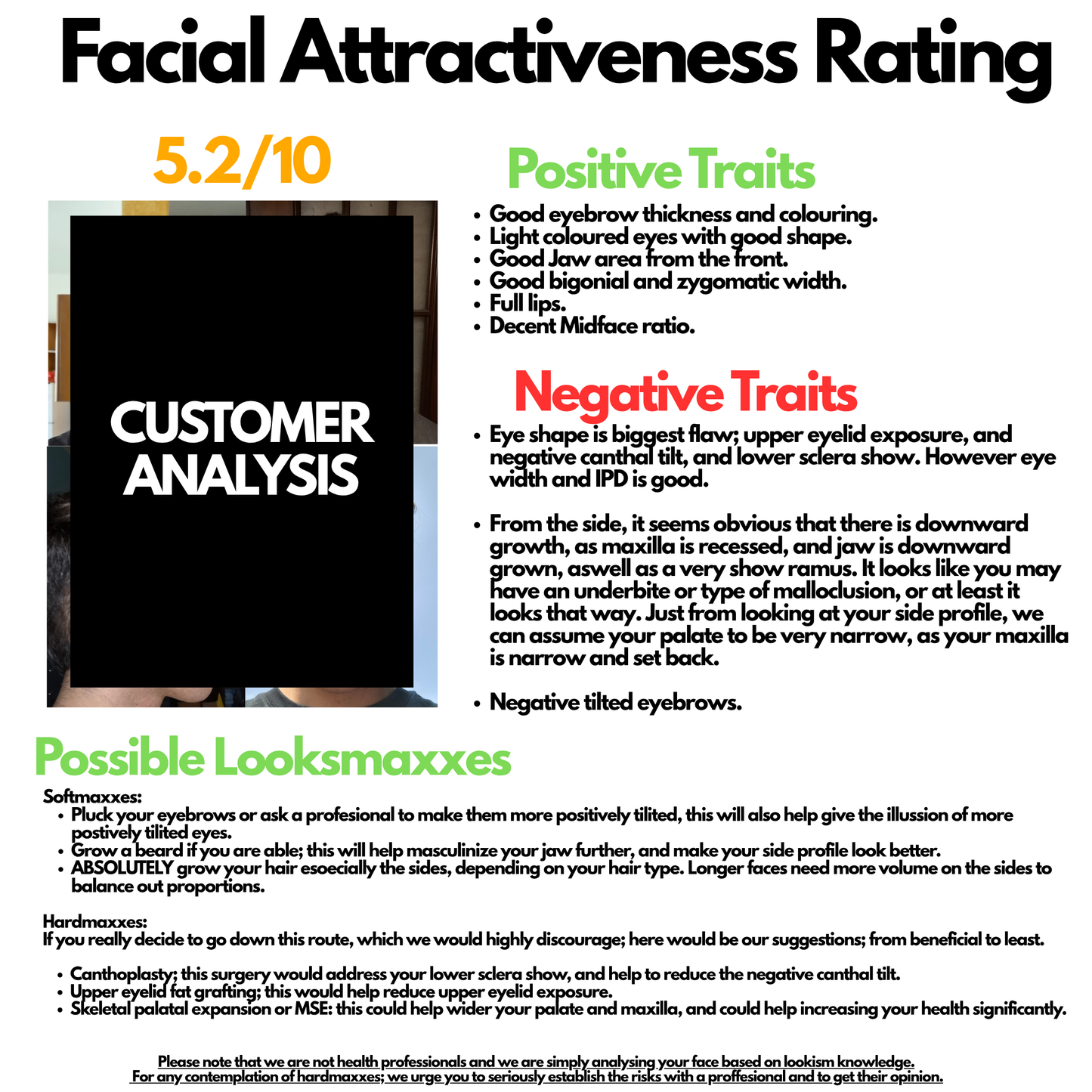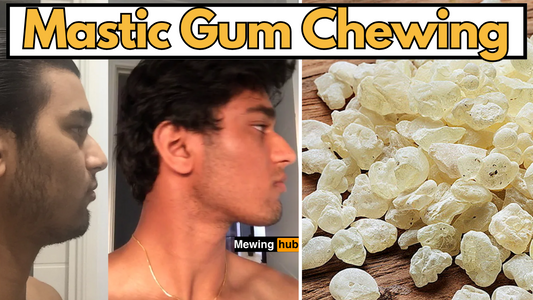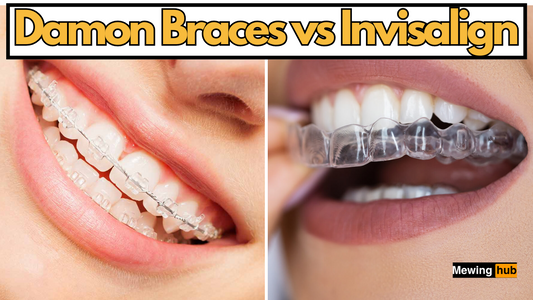Top 5 Mewing Mistakes and How to Avoid Them
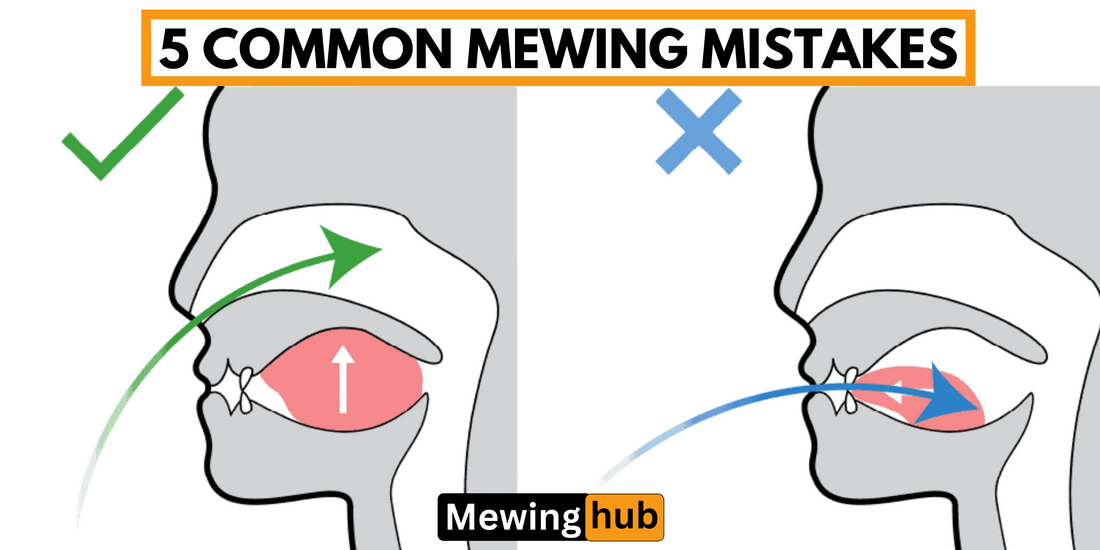
Share
Mewing Mistake 1: Incorrect Tongue Positioning

The essence of mewing lies in the correct positioning of the tongue against the roof of the mouth.
A study in the "Journal of Oral Rehabilitation" suggests that proper tongue posture can influence facial growth and development. The common mistake here is either placing the tongue too far back or not ensuring complete contact. The entire tongue should be flat against the palate, not just the tip. This ensures that the maxilla is properly supported and can influence the midface development effectively.
How to Avoid: Make sure your entire tongue, from the tip to the back, is resting flat against the roof of your mouth. It should feel like your tongue is gently suctioned to the palate.
Mewing Mistake 2: Excessive Force

Another frequent error is applying too much force with the tongue. Research in the "International Journal of Orofacial Myology" indicates that excessive force can lead to complications like temporomandibular joint (TMJ) disorders.

Mewing should be a gentle, constant pressure, not an aggressive push. Too much force can lead to muscle strain and may even cause asymmetries in facial development.
How to Avoid: Focus on applying a gentle, consistent pressure with your tongue. Think of it as a light touch rather than a hard press. Consistency is key, not the intensity of the pressure.
Mewing Mistake 3: Neglecting Lip Seal and Nasal Breathing
Mewing isn't just about tongue position; it also involves maintaining a closed lip posture and nasal breathing.
A study from the "American Journal of Orthodontics and Dentofacial Orthopedics" highlights the importance of nasal breathing in facial development. Failing to seal the lips and breathe through the nose can counteract the benefits of correct tongue posture. Proper lip seal ensures that the facial muscles work together harmoniously, promoting better facial balance and aesthetics.
How to Avoid: Always keep your lips gently closed and breathe through your nose. Practice this consciously until it becomes a natural habit.
Mewing Mistake 4: Inconsistent Practice

A 3 year Mewing Transformation
Consistency is key in mewing. The "European Journal of Orthodontics" has published findings showing that sustained changes in oral posture can impact facial structure over time.
Inconsistency in practice, like mewing correctly only part of the time, can lead to negligible or non-existent results. The benefits of mewing are cumulative and require persistent effort.
How to Avoid: Make mewing a part of your daily routine. Set reminders if necessary and be patient, as consistent practice over months and years is what leads to noticeable results.
Mewing Mistake 5: Unrealistic Expectations

Lastly, a significant mistake is setting unrealistic expectations. Mewing is not a quick fix; it's a long-term practice. Studies have shown changes in facial structure due to mewing are gradual and subtle.
Expecting dramatic changes in a short period can lead to disappointment and discontinuation of the practice. It’s important to understand that while mewing can contribute to improved facial aesthetics, it works best when combined with other healthy habits like proper nutrition and regular physical activity.
How to Avoid: Have realistic expectations and understand that mewing is a gradual process. Document your progress with photos and measurements over time to appreciate the subtle changes.
Additional Tips for Effective Mewing
Understanding the Role of the Hyoid Bone
The hyoid bone, located in the neck, plays a crucial role in maintaining proper tongue posture. Engaging the muscles around the hyoid bone can help keep your tongue in the correct position, thereby enhancing the effectiveness of mewing.
Tip: Practice exercises that strengthen the hyoid muscles, such as holding your tongue against the palate while gently contracting your neck muscles.
Incorporating Chewing Exercises
Chewing exercises can complement mewing by strengthening the masseter muscles, which are crucial for a well-defined jawline. Chewing harder foods or specialized gum designed for jaw training can aid in this process.
Tip: Include chewing exercises in your daily routine. Start with softer foods and gradually progress to harder ones to avoid strain.
Monitoring Posture and Alignment
Your overall posture can influence the effectiveness of mewing. Maintaining good posture ensures that your head and neck are aligned properly, which supports correct tongue positioning.
Tip: Be mindful of your posture throughout the day. Avoid slouching and keep your head upright to support proper oral posture.
Conclusion
Mewing, when done correctly, can be a beneficial practice for facial aesthetics and health. However, common mistakes like incorrect tongue positioning, excessive force, neglecting lip seal and nasal breathing, inconsistency, and unrealistic expectations can hinder its effectiveness. By understanding and rectifying these errors, individuals interested in mewing can practice it more effectively and safely.
Remember, consulting with an orthodontic or dental professional is advisable before starting any new oral posture practices. Proper guidance can help you achieve the best results and avoid potential pitfalls.





